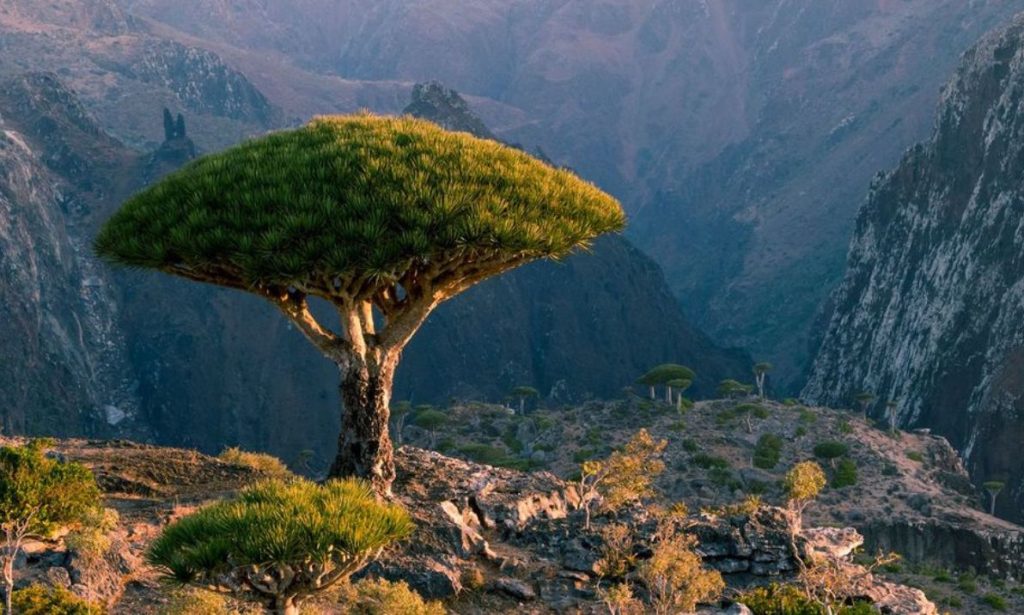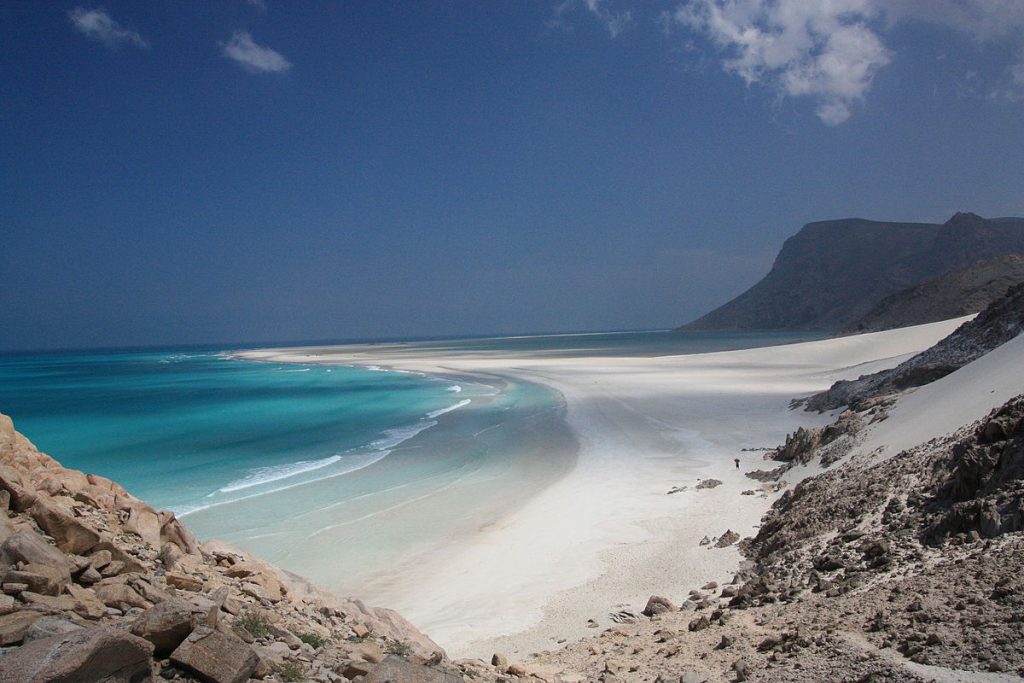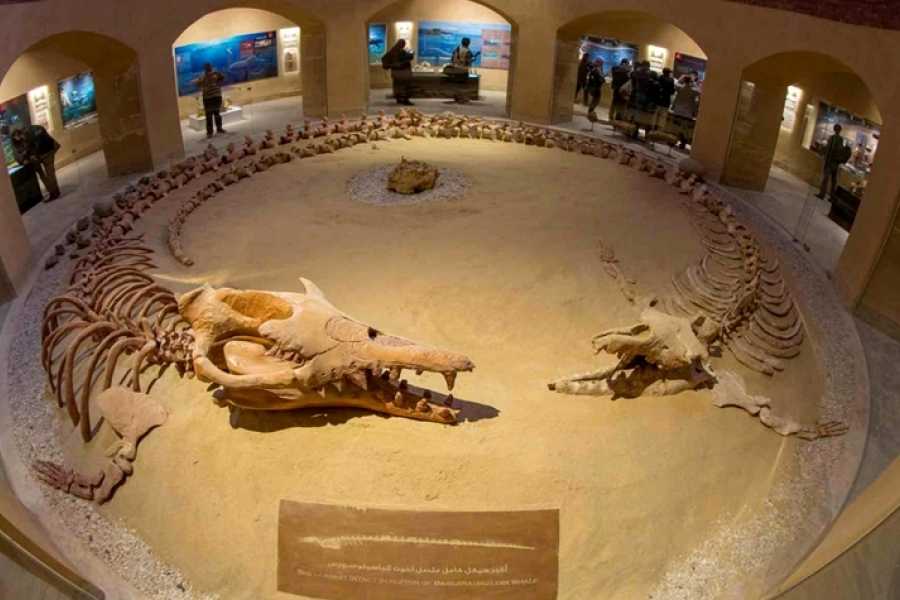The Middle East is any tourist’s paradise, from sandy beaches to holy mountains, there are many options to suit any visitor’s preference in terms of landscape and locales. We are not going to talk about the well-known spots within our region but rather the places only the locals and a handful of outsiders have seen.
Enjoy these six-day-dream catalysts from all over the Arab world.
Socotra Island
If you have ever read The Prince children’s book you would have come across the Baobab tree (also known as the Dragon Blood’s Tree) and this dreamy island between Yemen and Somalia is home to these mighty trees and so much more.
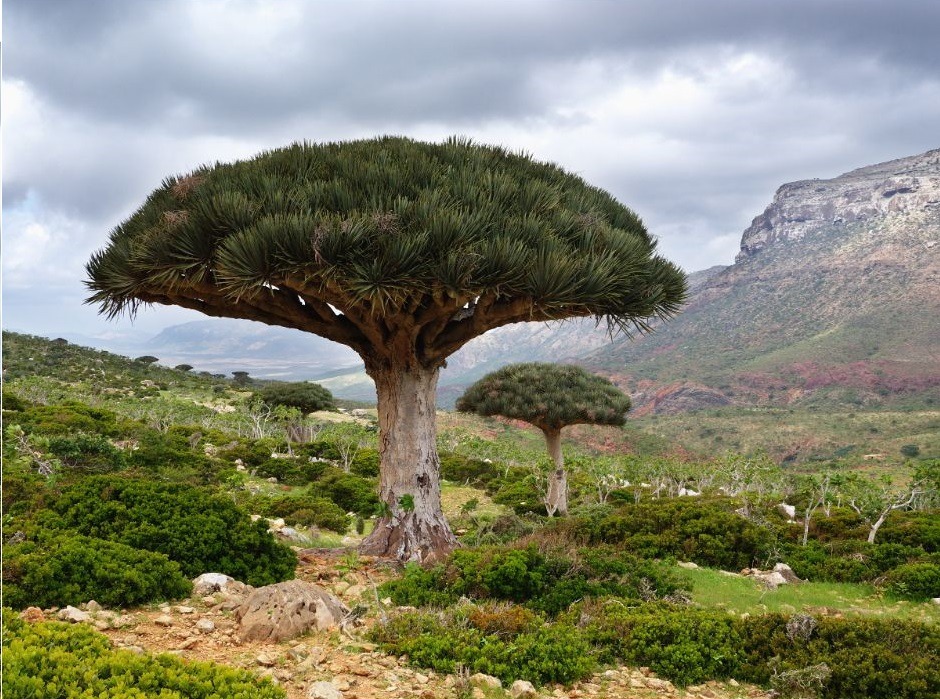
Although this archipelago (collection of islands) is on one of the busiest sea lanes in the world, the plants and wildlife there are extremely special and endemic to this area, making it one of the most alien-looking places on Earth.
In the past, the lack of fertile land prevented large-scale human settlement in the area and even the military garrisons made by European powers during the Age of Discovery eventually succumbed to hunger and abandoned their forts. The Hoq Cave complex has ancient graffiti from Greek, Indian, and Arab sailors across the ages as a testament to the travelers who reveled in this place’s beauty.
Today the island has around 50,000 residents mostly descending from the Yemeni Al Mahrah Tribe and others of African lineage. The UN also recognized this amazing place for its truly unique species and is a protected UNESCO World Heritage site.
Temperatures can get hot (40 C) during the summer but the island has a temperate climate throughout the year. There were modest tourist numbers coming through the small Socrata Airport and Seaport but the civil war in Yemen has put that on hold once hostilities stop this island is expected to draw greater numbers of visitors in the future.
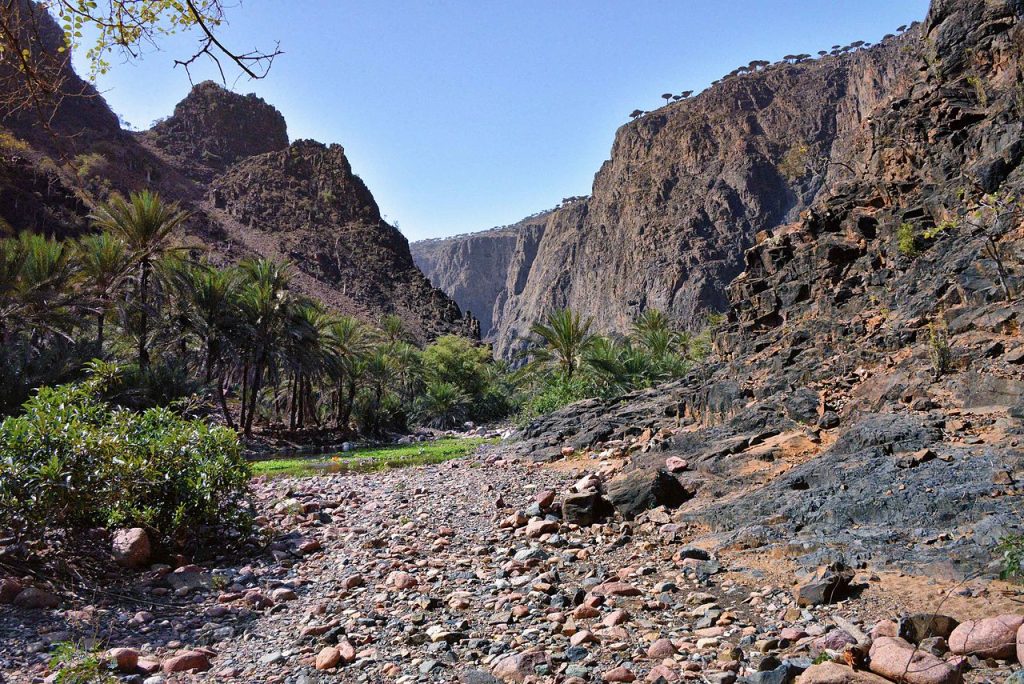
Libyan Mediterranean Coast
The European side of the Mediterranean Sea is heavily settled and utilized in all manner of activities, not so much with the North African side though.
Blessed with a smaller population, relative to many other Arab countries, living on 1.76 million km² of land there are bound to be many places that are untouched or at least retain their natural beauty; case and point the Libyan Coastline.
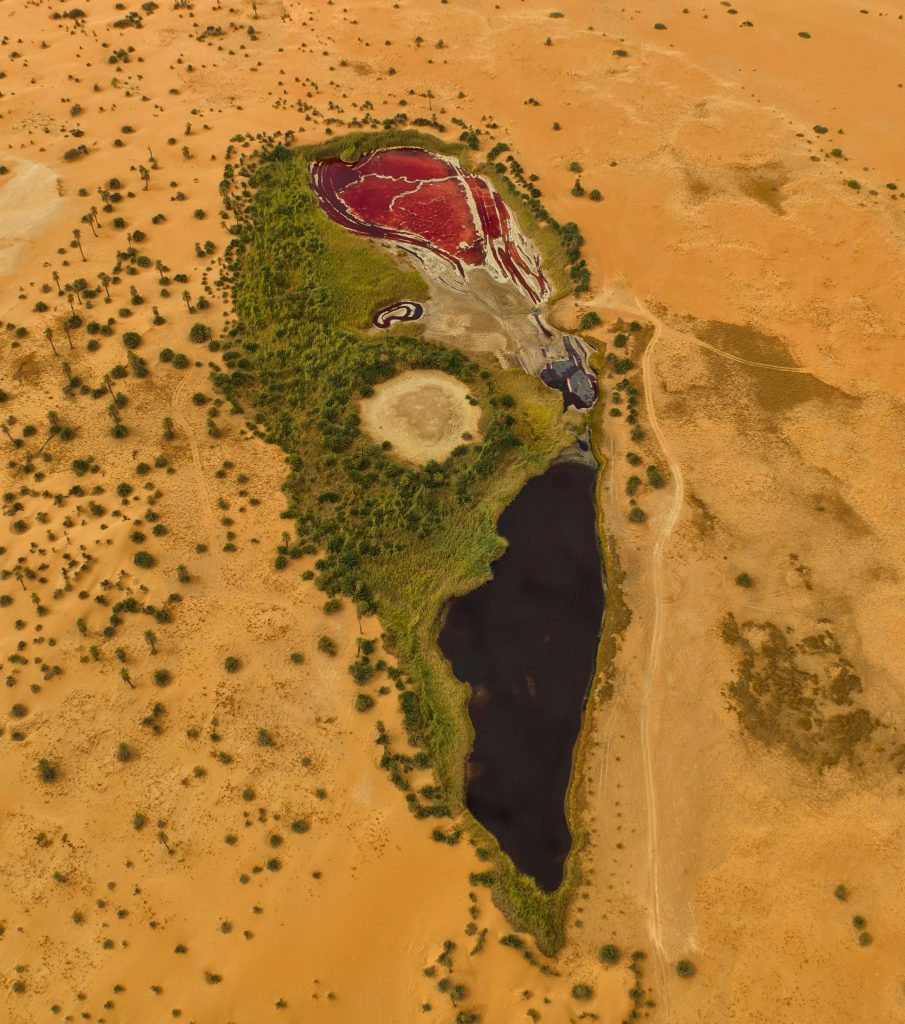
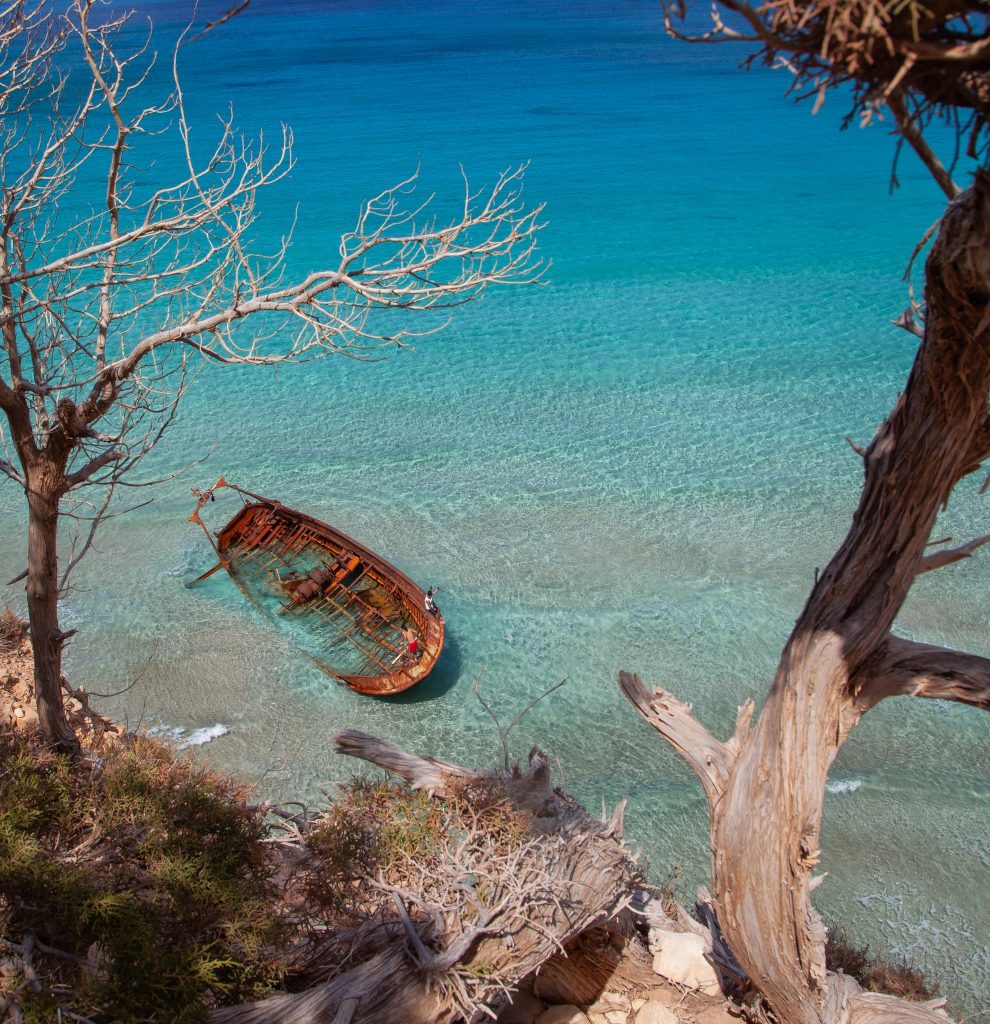
From Tobruk to Tripoli, there aren’t only miles and miles of secluded beaches and crystal clear waters but also a number of natural sites that aren’t limited to oases, waterfalls, cliffs and mountains, and even salt marshes.
These coastal locations would probably be a bit nippy in the winter seasons so the best time to visit would be from late Spring to Summer.
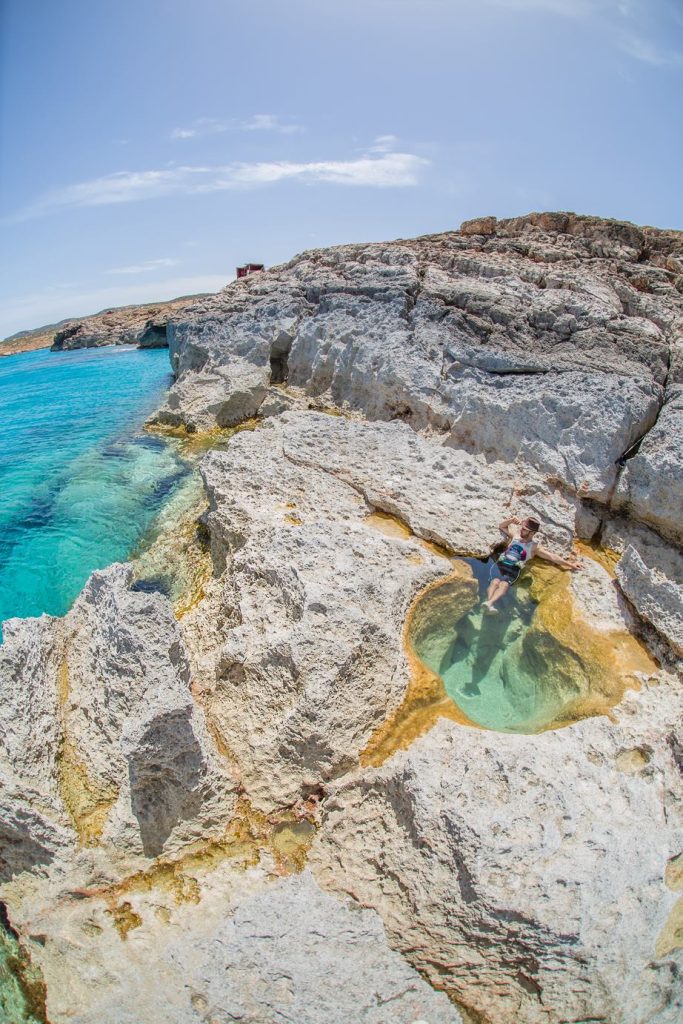
Al Hoota Cave
Oman is a low-key gulf country that sits on the corner of the Arab peninsula on the crossroads between Africa, Iran, and India ensuring that it has a rich culture. Its natural beauty is not something that comes to mind but its mountainous geography has some surprises.
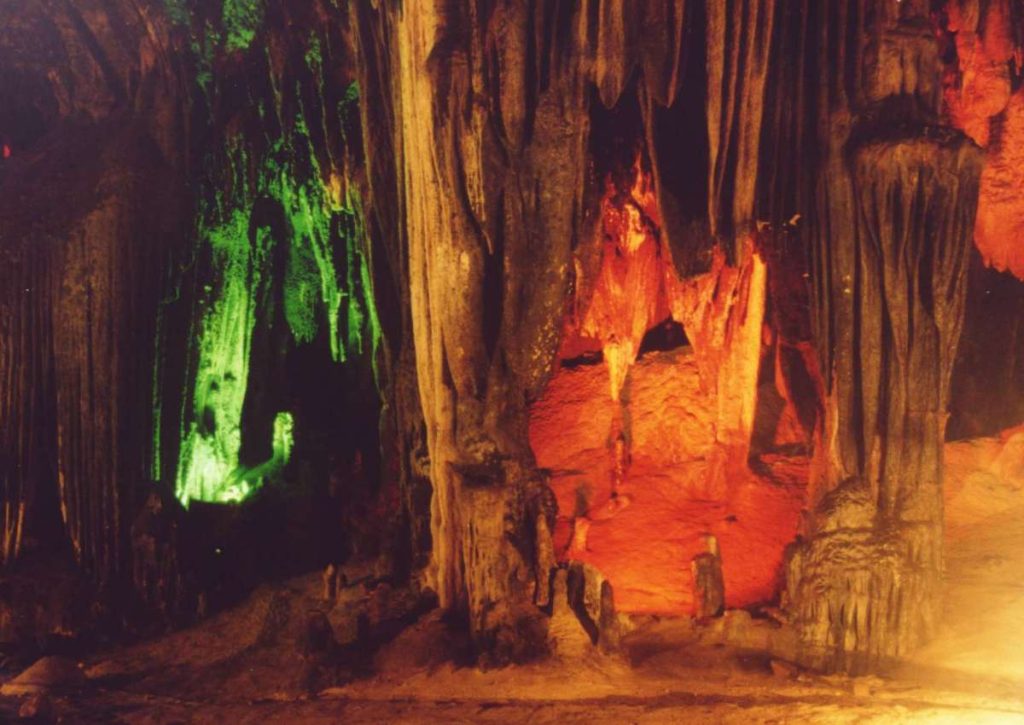
One of these sites is the Houta Cave, this naturally formed cave complex has some of the prettiest cave Stalagmites out there.
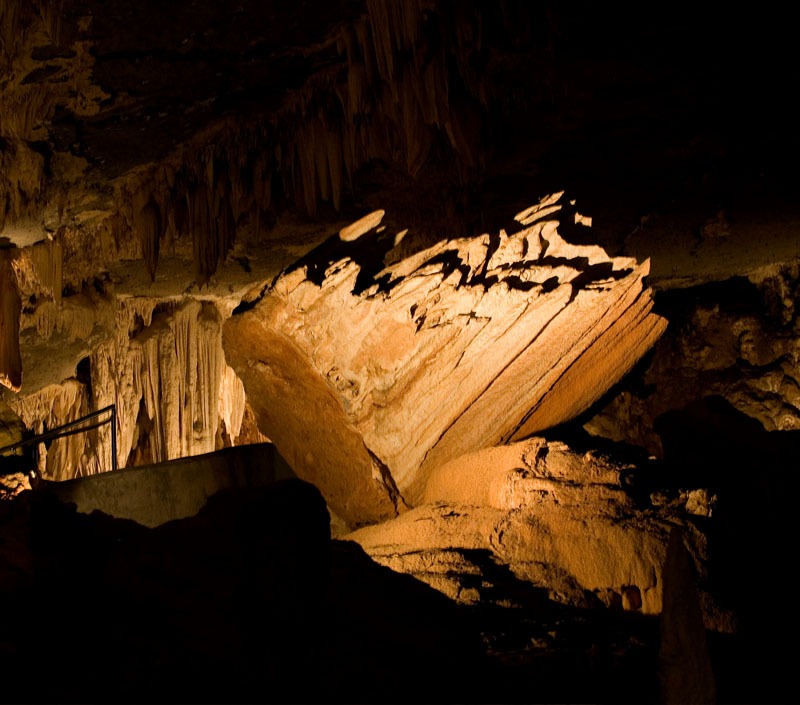
Unlike other destinations on this list, the Omani government built appropriate facilities for visitors including a rail car and even a small museum for the geological finds there.
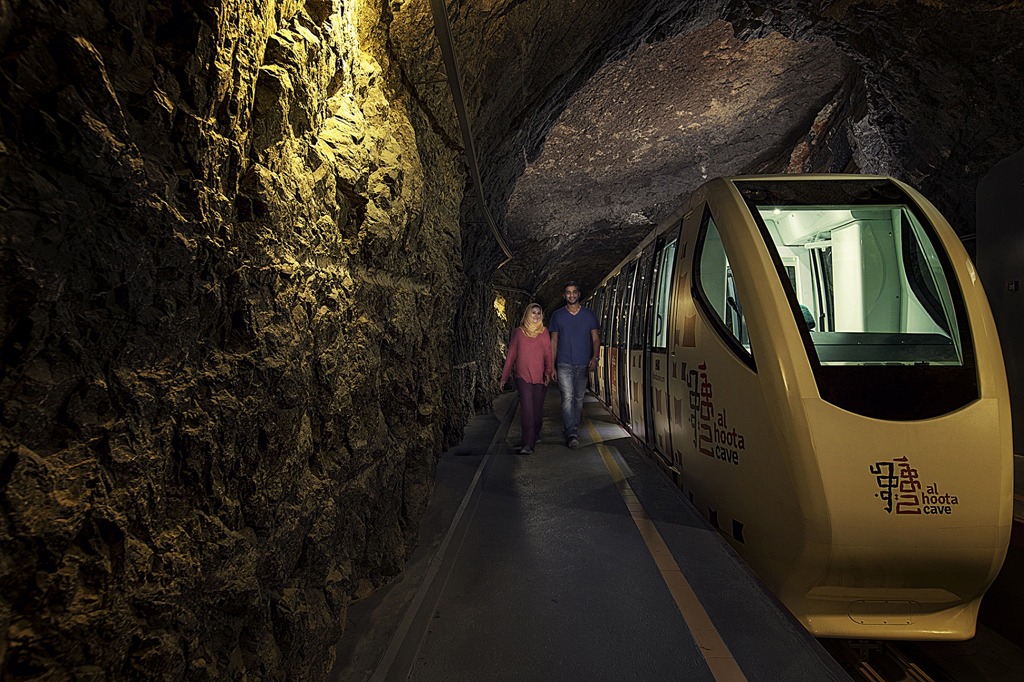
The Gulf weather conditions can be harsh and inside the cave, there is a big lake (with eyeless fish) that can cause humidity to climb to 90%.
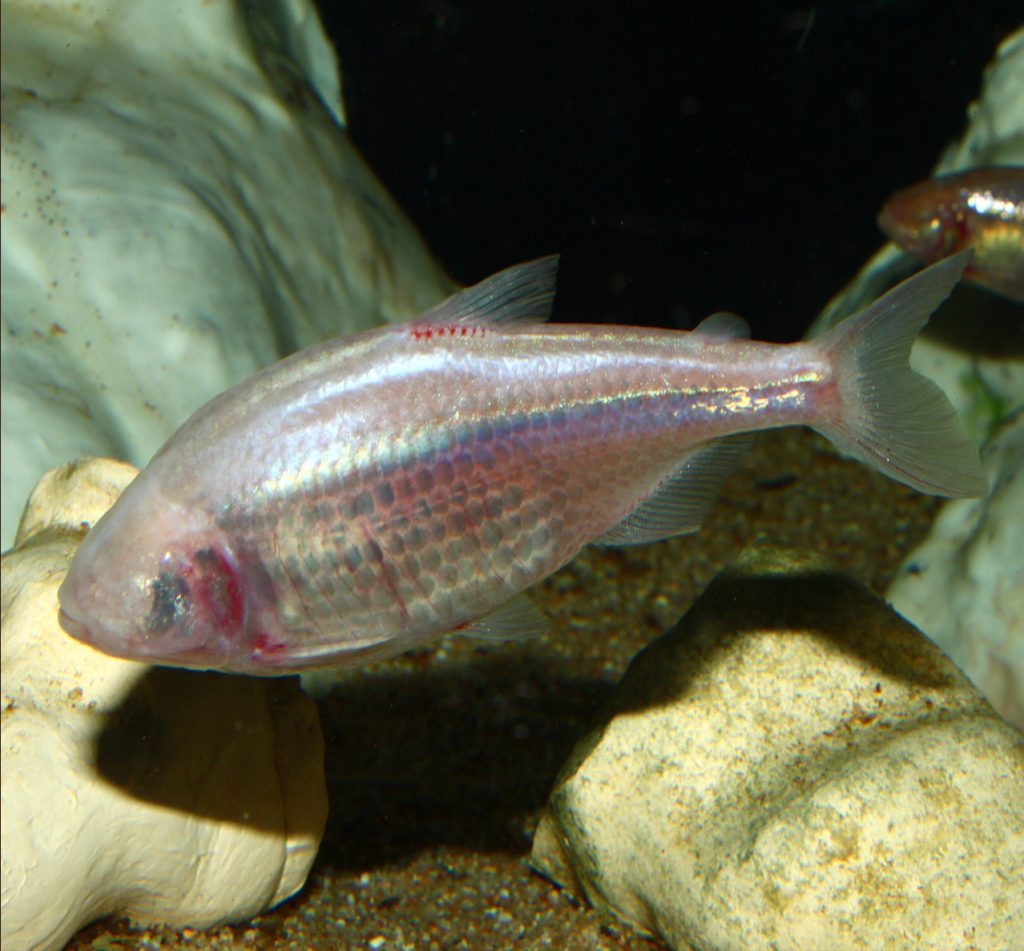
The authorities set up the tours to be well timed and organized so that not many people crowd the complex and excess rainwater is pumped out to avoid a repeat of the Soccer team getting stuck in Thailand.
Fayoum
Deserts, dinosaurs, Lakes, and pottery, all of this and more can be found in Egypt’s lesser-known tourist destination.
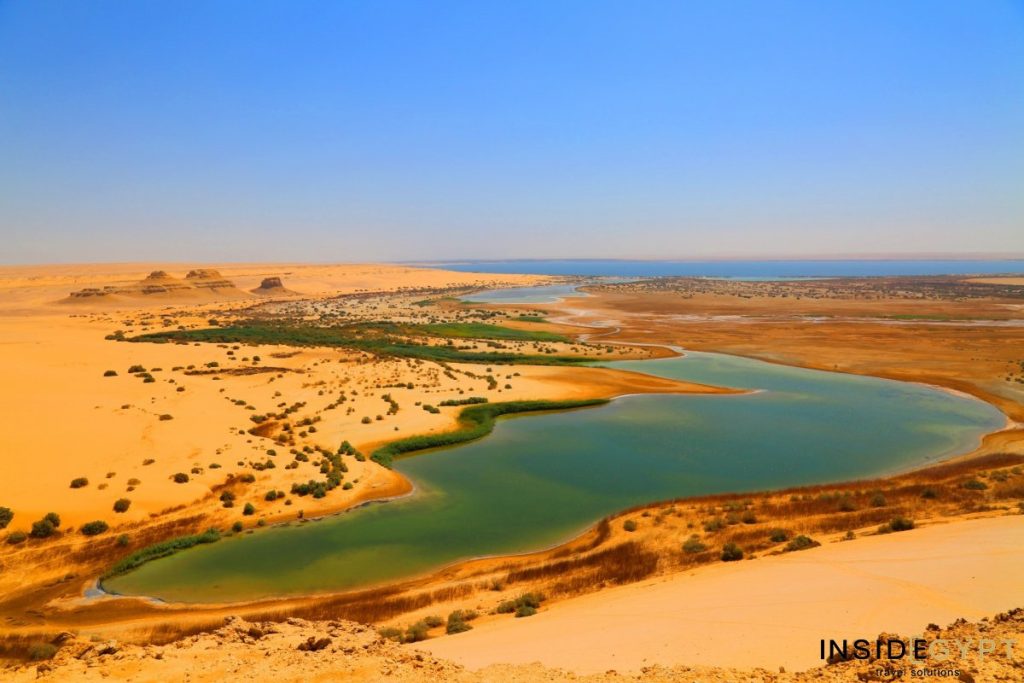
The Lake of Qaroun has had life around it since before it became a lake, with the modern-day desert being a wetland rainforest some 400 million years ago. If you don’t want to take our word for it, you can see the rare whale fossils yourself in a UNESCO heritage site a little drive away.
The surreal large body of water in the middle of the desert makes for a stark contrast as you can do some sandboarding close by before jumping in for a dip in the lake.
The town itself is charming with an increasing number of eco-lodges ready to receive visitors and that’s not all as the village of Tunis nearby became a hub for handmade pottery providing locals with another revenue stream.
The desert attractions will probably be a bit too much for the hot summer season so it’s recommended that you visit in Spring or Autumn.
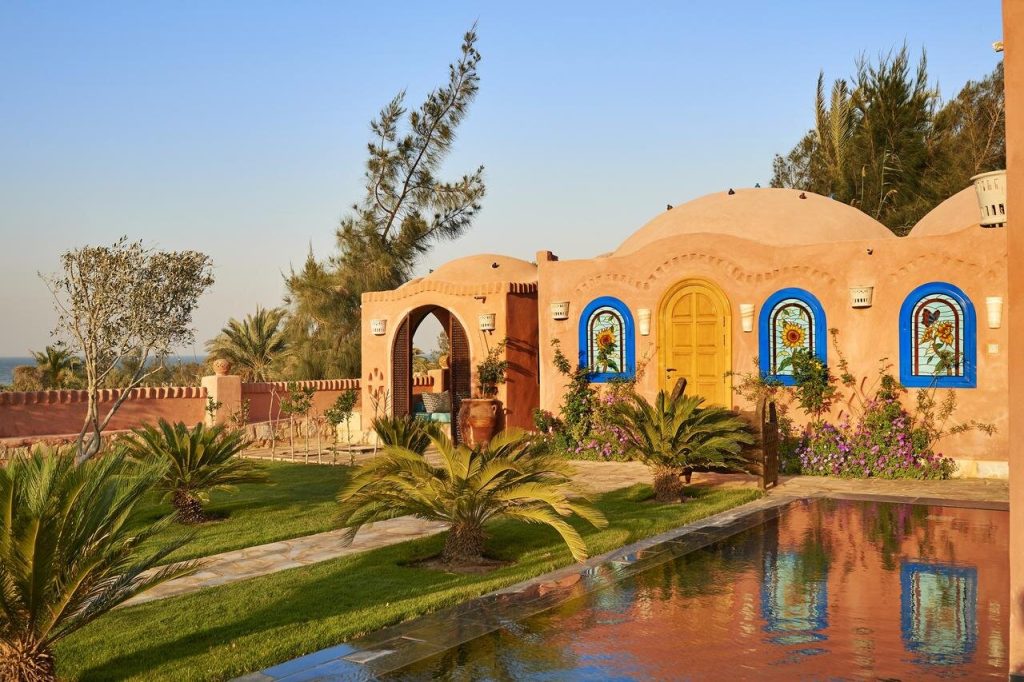
Al Hamamat
Al Hammamat is a popular resort in Tunis but not many people know of this town whose name translates to Baths in reference to the Roman baths this town is famous for.
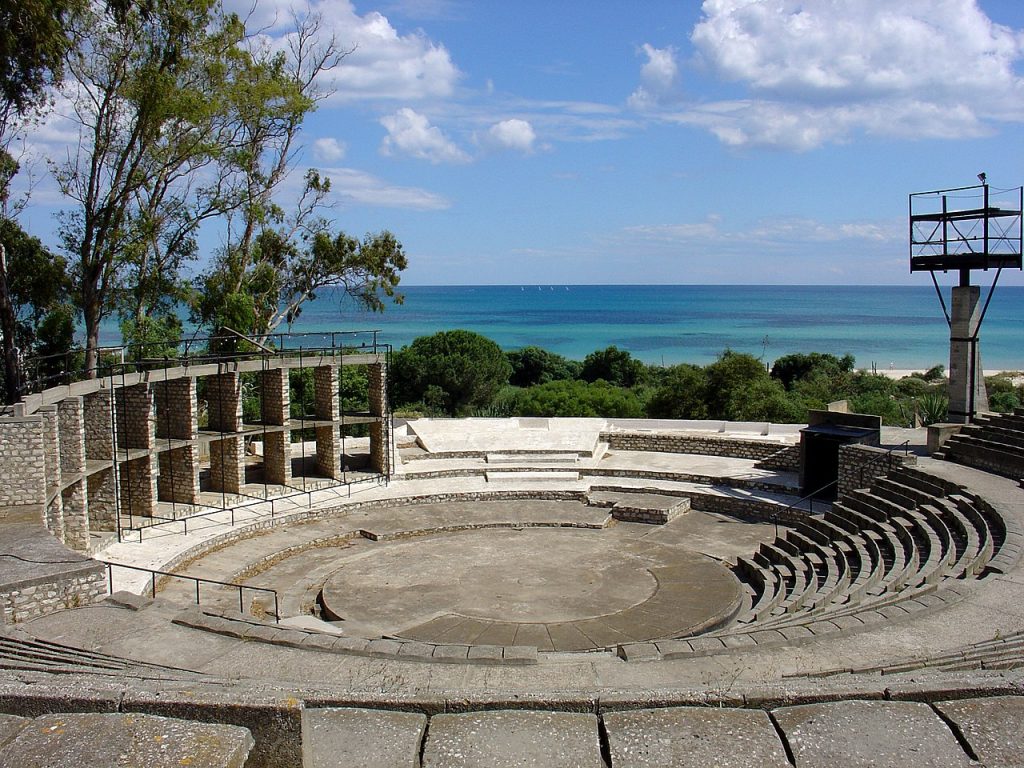
With the benefit of having Roman, medieval Arab and modern attractions, tourists can enjoy the different sights this quaint place has to offer.
A number of theatrical and other musical and artistic productions take place every once in a while, to keep things interesting but the main attraction in this sleepy fisherman town is relaxation.

As with all the Mediterranean destinations, go for the summer, but something tells me that even in winter this lovely little town would still be charming without the need to swim.
So be sure to add these destinations to your bucket list!
WE SAID THIS: Don’t Miss…“Unique Destinations To Visit On Your Journey Through Tunisia”


